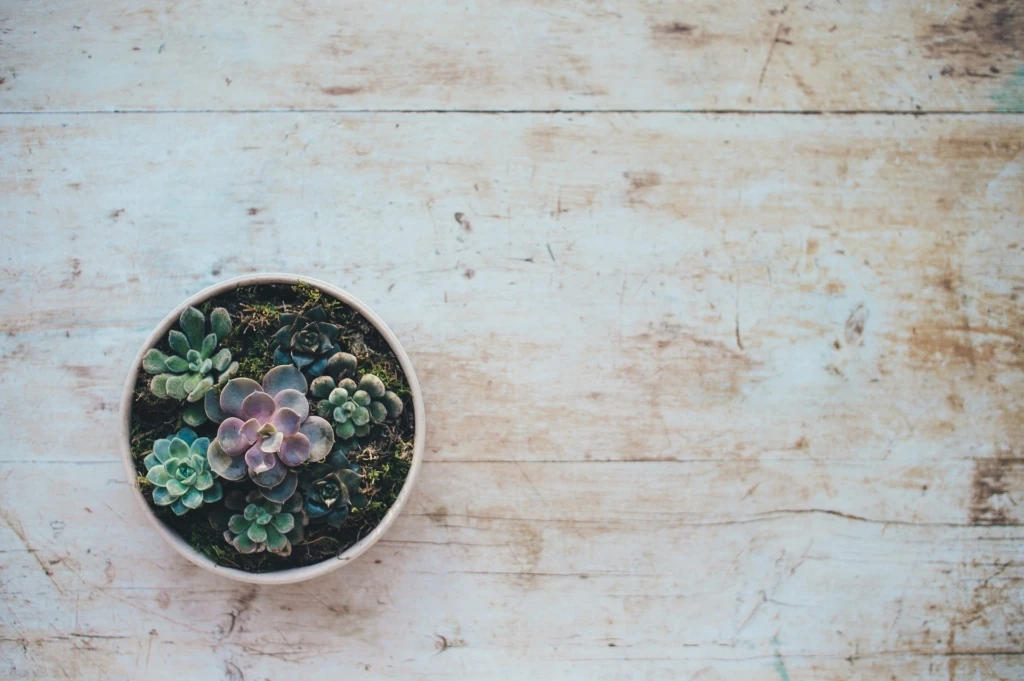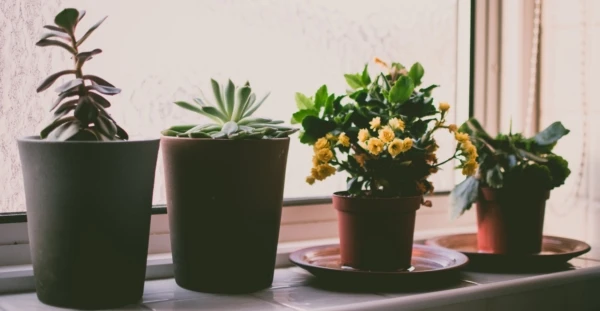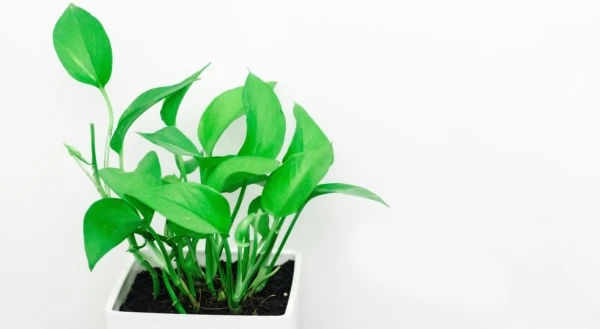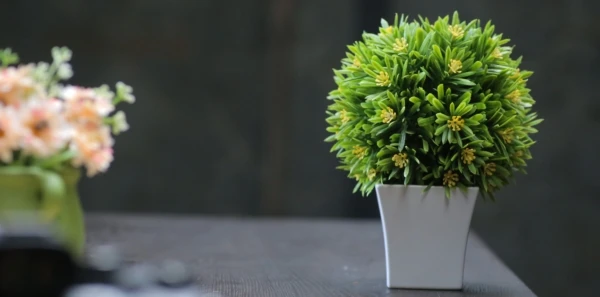How to Care for Houseplants in Winter

Just like humans, houseplants have a difficult time surviving winter – there's little light, the air in the apartment is dry, and energy deficiency affects everyone. However, things aren't as hopeless as they might seem. People can go to a spa, turn on lights, and draw energy from spending time with loved ones. You can also make it more pleasant for your flowers during winter. Let's see how right away.
Keep flower leaves dust-free
There's already little light, and for the plant to get the most out of it, the leaves must be clean of dust. Wipe them with a damp cloth, or if you have some large plant with many small leaves (for example, a fig tree), you can take it into the shower. Just make sure you don't flood the flower pot and soil too much.
Move light-demanding plants to the windowsill
The further away a plant is in a room corner, the less natural light it gets. Often the plant will start stretching towards the light and lose its beautiful shape, and the leaves can also turn brown or even fall off. If possible, move plants closer to the window or place them right on the windowsill.
Many plants that grow in shade in nature and under other plants don't need direct light and suit our dark climate well. These include, for example, sword ferns, calatheas, parlor palms, prayer plants, spider plants, philodendrons, and others. Ten hardy plants that thrive well in darker rooms are also presented in this video.

Use a plant lamp
If the plant still needs a lot of light, but it's not possible to move it closer to the window, use a plant lamp or some other light into which you've put a special bulb suitable for plants. You'll also use a bit more light yourself, so turn on the lights in the room without hesitation. If you google the word "plant lamps," you'll find quite a few results that will direct you to gardening supply online stores.
Water plants every day
If you live in a home where the air dries out during winter, get into the habit of misting your plants with water every day. By the way, did you know that the spray bottle should be filled with warm water?
Another option is to place water bowls near the plants, from which water naturally evaporates to the plants.
Plants have very different temperature requirements
You might think that like humans, houseplants also need a lot of warmth in winter, but that's not how it works in nature either. There are a whole bunch of plants that like room temperature around 20 degrees or slightly above, such as dracaenas, sword ferns, dieffenbachias, orchids, prayer plants, calatheas, and others.
But there are also plants for which room temperature is too much and which need to be moved to a balcony or cooler room in winter. Such plants are, for example, lilac and deciduous lilies, laurel, aloe, nolina, myrtle, Easter cacti, star cacti, prickly pear cacti, agaves, crassula, and some other succulents.
Since plants in cooler conditions don't use as much water, they also need to be watered less often.

Floor heating is not good for plants
A flower pot placed directly on a heated floor is not suitable for any plant, because floor heating dries out the soil in the pot and makes it unnaturally warm. To avoid this, place the flower pot on a small stand that raises the plant so that the direct heat doesn't reach it.
Don't overdo it with fertilizer
Plants also need rest time, and therefore most plants don't need to be pushed to bloom or grow in winter with fertilizer. The packaging or bottle of plant fertilizer will say how to use it in winter, but the general understanding is that in winter you should fertilize plants half as much as in spring, when it's already a lot.
But. Just as plants have different temperature and moisture requirements, they also have different needs for nutrients. Plants that grow actively in winter or want to bloom need fertilizing now too. These include, for example, dracaenas, crotons, calatheas, African violets, poinsettias, callas, and others.
Plants that grow in peat soil also need fertilizing, since there simply aren't enough nutrients in it.

About watering
Watering is simpler than people actually think. If the soil feels warm and dry to the touch, then you should water it, and do it thoroughly. If the soil feels cold to the touch, there's still enough moisture in the pot. During the winter period, when the plant grows less, it needs less water, and you can tell this by checking with your finger. But water thoroughly each time so that the pot is wet right to the bottom, because if you water only slightly, the water won't reach the lower roots and the plant will start to wilt.
Drain any water that has dripped into the pot saucer – don't let the plant sit in it.
And one final piece of advice
If you air out the room during winter, move plants away from direct cold air flow.





